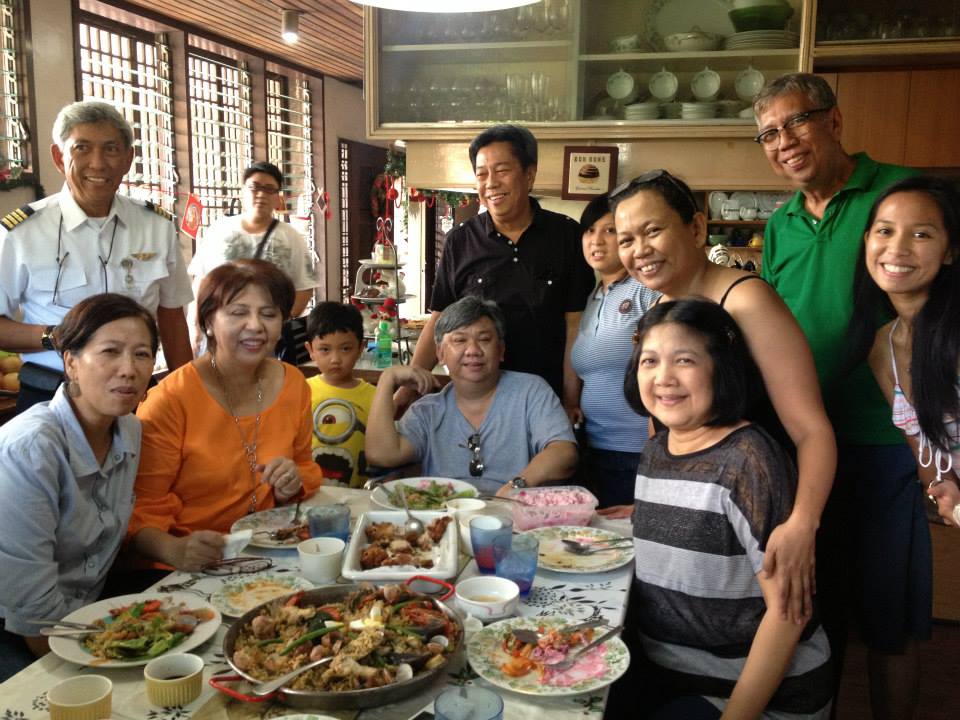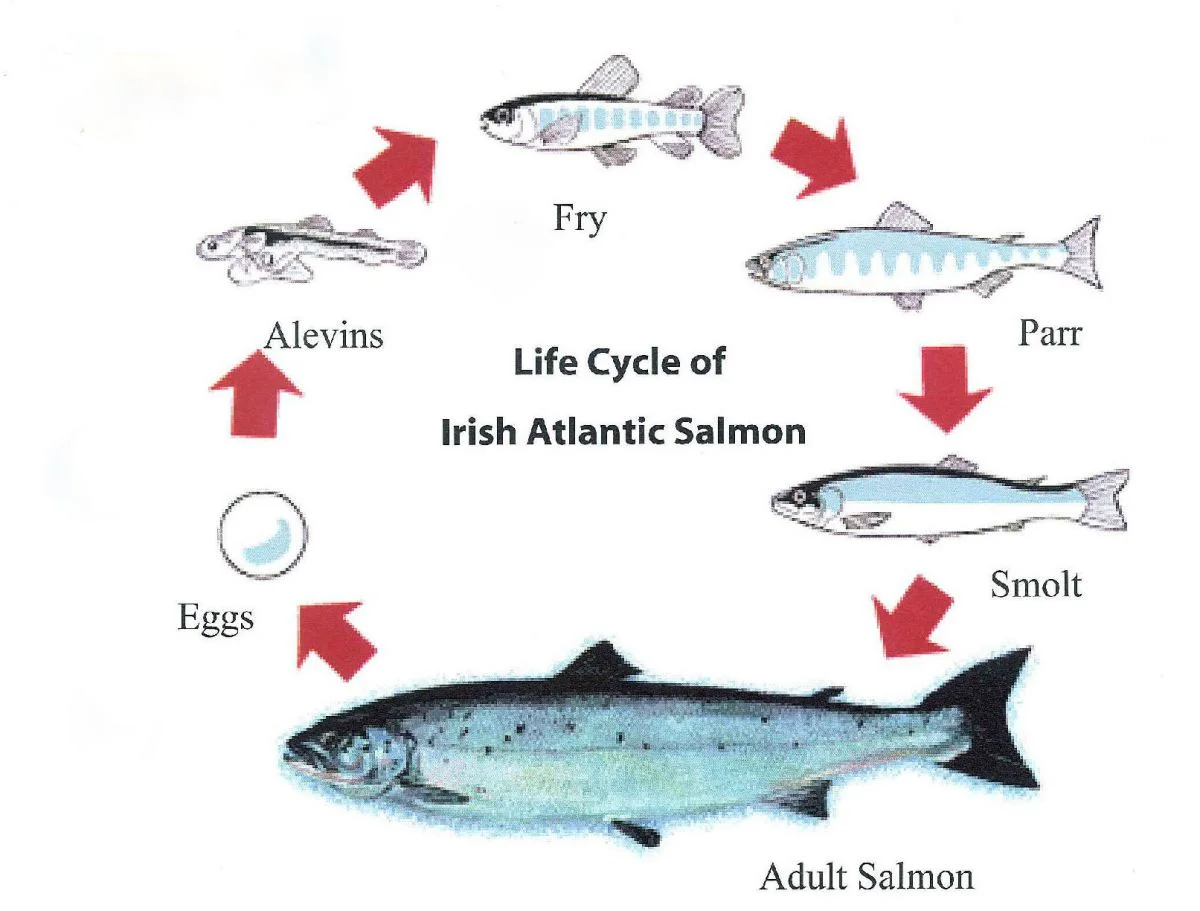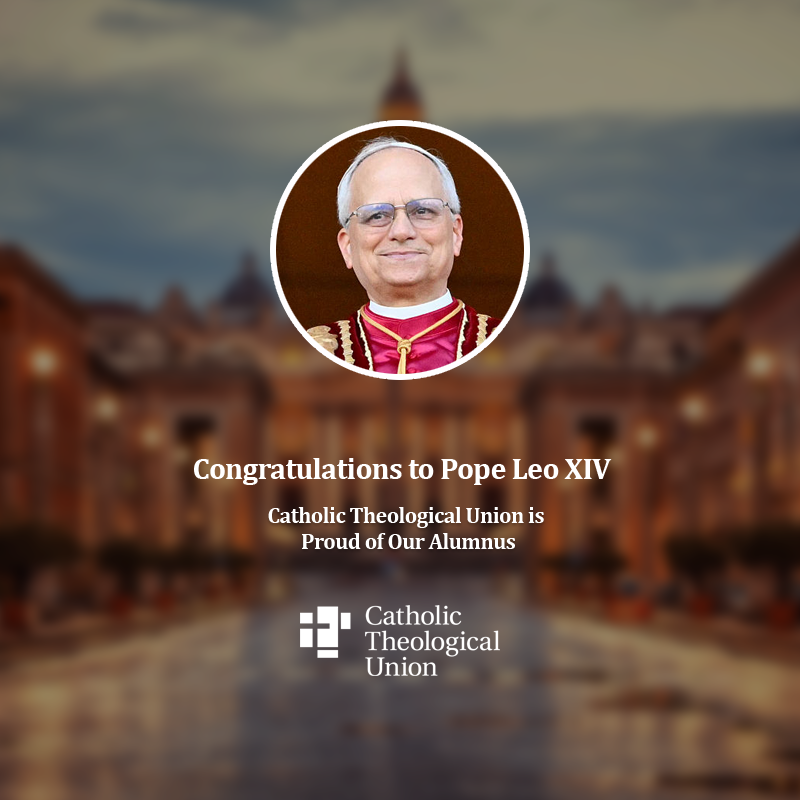Possible Preaching Themes
Possible Scientific Resources
- Jesus’ self-offering in the Eucharist is central to our spiritual nourishment.
- When we gather in the Eucharist, we renew our vocation to be Christ’s body in the world.
- Jesus Christ offers us spiritual nourishment in the Eucharist. Much like flamingos, they are nourished by the food that they take which in turn becomes nourishment for their young.
- Flamingos turn pink because their diet is rich in carotenoids.
- This research provides an in-depth discussion of the milk produced by flamingos called ‘crop milk,’ which becomes the source of nourishment for their young.
- This video explains that flamingos lose their vibrant pink color when they raise their young by sharing their nutrients with them through the milk they produce
- The Eucharist is a banquet where the Church gathers and joins their offering of themselves in Christ’s sacrifice. Stars come into existence in pairs and radiate light to one another. As a church, we are like stars who come together to celebrate with Christ, radiating his light to us.
- Stars are initially born in pairs; they are gravitationally bound to other stars.
- Binary stars reflect light from each other. They do not just emit light, but they radiate light to their companions.
Homily Outline Combining Resources
Homily Outline:
- Scientific explanation
- Flamingos are not born pink. When they are young, the color of their feathers is gray.
- Scientists believe the universe to be between 10 and 15 billion years old, with many agreeing on 13.8 billion years
- The bright pink color of flamingos comes from eating large amounts of algae, brine fly larvae, and brine shrimp rich in carotenoids. In the digestive system, the carotenoids are broken down into pigments. The pigments are absorbed into their bloodstreams and deposited in their feathers and skin.
- Both male and female flamingo parents produce milk. Since young flamingos cannot eat regular food by themselves, their parents feed them with a red-colored fluid called ‘crop milk.’ The parent flamingos feed their young with crop milk beak-to-beak. Feeding their young drains them, resulting in their pink color getting washed out.
- The loss of their pink color is due to the reduction of carotenoid pigments in their bodies as they incorporate them into the milk they produce for their young.
- Jesus Satisfies Our Spiritual Hunger
- Flamingos gain their vibrant color from the food they consume, which they also share with their young. They lose the vibrancy of their color when feeding them, and yet this process is significant in the thriving of their species.
- In the Gospel reading, a similar message of sacrifice is highlighted. The Twelve Apostles want to dismiss the crowd because they lack food to feed them. But Jesus instructs them, “Give them some food yourselves.” Jesus invites the Twelve to not just extend their resources but also their hospitality to the people.
- Jesus wants the apostles to understand that hunger is a fundamental human need. At the core of his ministry, he attended to the overall needs of the people.
- Jesus takes the five loaves and the two fish and looks up to heaven. He blesses over them, breaks them, and gives them to the crowd. These actions of Jesus allude to the Last Supper and ultimately the Eucharist.
- When we gather to receive Jesus in the Eucharist, he fulfills our spiritual hunger. We are hungry for hope, consolation, and healing. His self-offering, represented by his body and blood in the Eucharist, allows us to experience his real presence in our midst.
- Pope Francis spoke about the Eucharist responding to human hunger during the 2018 celebration of the Solemnity of the Body and Blood of Christ. He said that the Eucharist is “God’s response to the deepest hunger of the human heart, the true hunger.” Indeed, Jesus touches our lives and fills our hunger for love, acceptance, and forgiveness.
- The Gospel reading concludes with everyone being satisfied. We can say that the feeding of the five thousand was indeed a miracle. Perhaps it was not only the apostles who responded to the challenge of Jesus, but even the people. Maybe each of them just took enough food that night so that everyone could have their fill. Perhaps, they shared the food that they had brought throughout the journey. But certainly, their spiritual satisfaction came from Jesus who acknowledged their presence and saw their need as a priority.
- Feeding the Church
In their 1986 Letter, “Economic Justice for All,” the U.S. Bishops gave us this instruction:- For the Eucharist to be a living promise of the fullness of God’s Kingdom, the faithful must commit themselves to living as redeemed people with the same care and love for all people that Jesus showed. The body of Christ which worshipers receive in Communion is also a reminder of the reconciling power of his death on the Cross. It empowers them to work to heal the brokenness of society and human relationships and to grow in a spirit of self-giving for others (n. 330).
- This teaching is rooted in the gospels which remind us that our participation in addressing hunger is vital. Just as we are nourished by Jesus in the Eucharist, we are called to respond to the hunger of others, physically and spiritually.
- Locally this can be accomplished in simple ways such as volunteering at a local food pantry, or assisting elderly neighbors in buying groceries. On a global scale, this means advocating for food relief to the many communities around the world living on the verge of salvation.
- Saint Augustine famously invited us to “become what you eat.” This means becoming Christ’s body in the world, where with the assistance of the Holy Spirit, we continuing our baptismal call to respond in every way we can to the many hungers of our sisters and brothers.
Related Homily Outlines
Couldn’t find what you’re looking for?
Try searching with another filter

Preaching with Sciences

Edward Foley, Capuchin
Duns Scotus Professor Emeritus of Spirituality
Professor of Liturgy and Music (retired)
Catholic Theological Union
Vice-Postulator, Cause of Blessed Solanus








